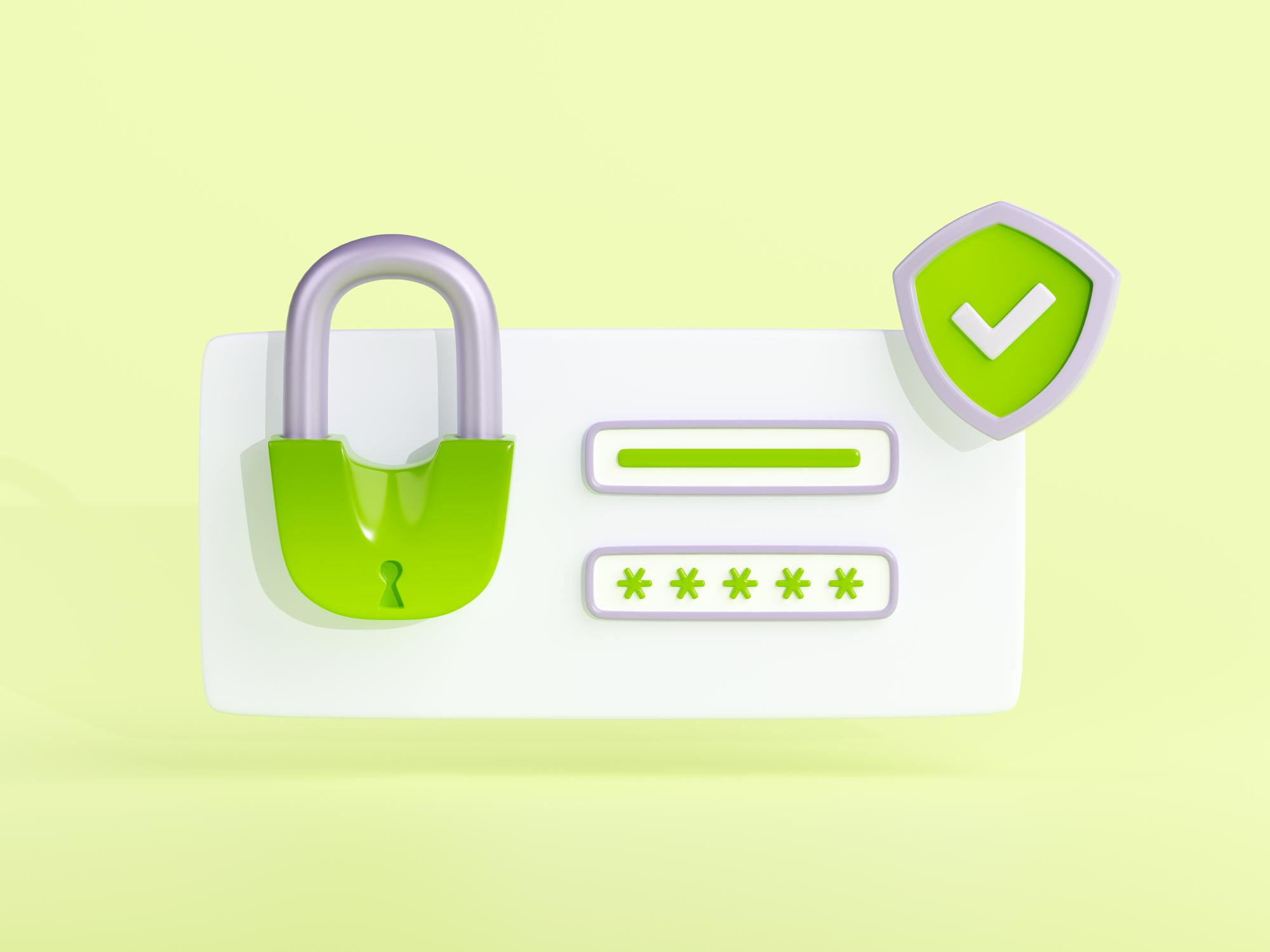Biometric authentication is fast becoming one of the most popular forms of authentication worldwide.
The technology allows users to identify themselves through physical attributes, such as fingerprints, facial and iris recognition, and voice biometrics. But many companies are still considering whether to adopt this type of technology because they are not aware of the advantages and possible disadvantages that arise from its use.
Download Now: Voice Biometric Authentication
First of all: What is biometric authentication?
Biometric authentication uses unique physical traits to identify users. These traits are captured by biometric devices and stored in a database and then compared with the captured attributes in real-time to verify the user’s identity.
Why are companies choosing to include biometrics in their authentications?
Customer identity verification is a critical part of the security of any business, especially with the increase in fraud and regulations.
Currently, the authentication processes that occur in contact centers verify customer identity through multi-factor authentications, which are required to comply with PSD2. But these processes are usually based on knowledge factors and one-time passwords which, although they should be data that only the real customer knows, are still too vulnerable and easy to attack by fraudsters.
Faced with this situation, security has become stricter in companies. Identity theft is a major issue and businesses need to tighten their security and need to prove it to their customers.
Benefits of biometric authentication
1. Enhanced security
Biometric authentication offers greater security than traditional passwords and other authentication methods. Its unique physical traits of everyone are difficult to replicate or forge, making biometric authentication more resistant to hacker attacks.
2. Ease of use
Biometric authentication is very easy to use. Users do not have to remember complex passwords and do not have to worry about losing their authentication credentials. In addition, biometric authentication is faster and more efficient than other authentication methods, which means that users can access their accounts or perform transactions more quickly and smoothly.
3. Fraud reduction
Biometric authentication can significantly reduce fraud and phishing. Hackers cannot easily replicate an individual’s unique physical traits, which means biometric authentication can provide an additional layer of security to protect user accounts.
4. Increased TMO in Call Centers
Biometric authentication can also help improve TMO in call centers. By quickly identifying customers through voice biometrics, agents can provide better customer service as they do not have to spend time asking for authentication information. This translates into less waiting time for customers and higher overall satisfaction.
Disadvantages of biometric authentication
1. Privacy and data protection
Biometric Authentication involves the collection and storage of personal and sensitive data. This raises privacy and data protection concerns, especially if the information is mishandled or accessed without authorization.
2. Technical limitations
Biometric Authentication is not yet perfect and may have technical limitations. For example, some physical traits may be more difficult to capture than others, which may reduce the accuracy of authentication. In addition, biometric authentication can be more expensive and requires specialized devices and equipment to implement and maintain the technology.
3. Authentication failures
Although biometric authentication is very secure, it is not foolproof. Technical problems can arise, such as data capture errors or software issues, which can affect the accuracy of authentication. In addition, although rare, it is possible for an identification error to occur, meaning that a person may be incorrectly identified or rejected.
How can biometric authentication improve Contact Centers?
Biometric authentication can provide a secure and efficient way to authenticate customers in Contact Centers. By using voice biometrics, customers can be quickly identified without the need to answer traditional authentication questions, which improves TMO and the overall customer experience. In addition, biometric authentication can reduce fraud and spoofing, increasing security and confidence in call center service.
Despite the potential drawbacks, voice biometric authentication is a promising technology for call centers. Ensuring the use of a complete biometric authentication solution reduces the risk of suffering from some of the limitations mentioned above.
Complete solutions like Recordia use voice biometrics to authenticate customers quickly, securely, and efficiently. Getting a solution like Recordia that allows authentication in just a few seconds and through a totally secure platform, allows Contact Centers to reduce TMO and waiting times, improve customer experience, guarantee security and avoid fraud, and comply with all data protection regulations.
In short, biometric authentication has, like any authentication method, advantages, and disadvantages that must be considered when implementing this technology. Although biometric authentication is not foolproof and can be costly, it is more secure and convenient for users and can significantly improve the customer experience in call centers.
Recordia solution for voice authentication is an excellent choice for call centers looking to improve security, efficiency, and customer satisfaction. Click here to learn more about Recordia and its biometric voice authentication technology.

